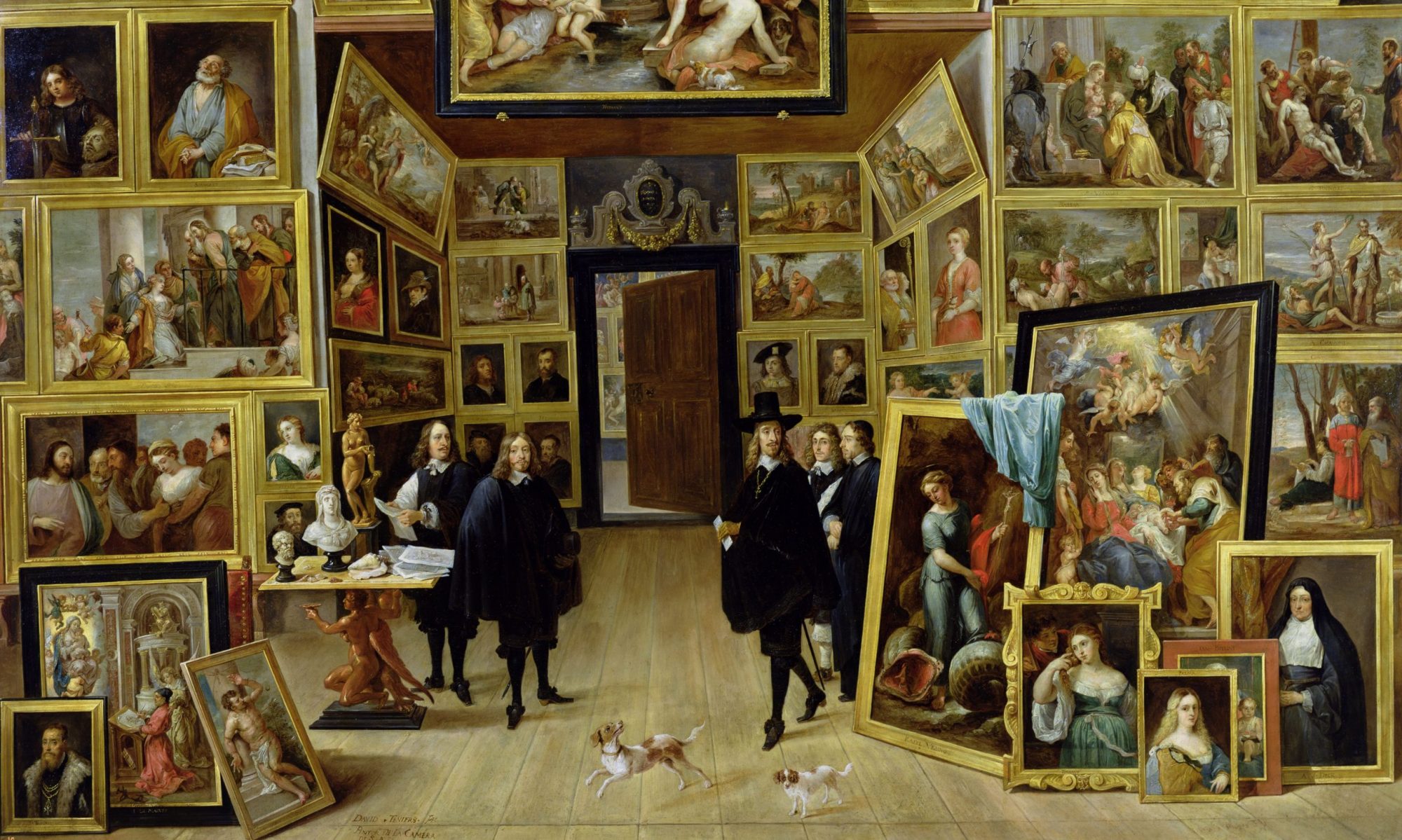Judy Chicago first turned to pyrotechnics as an artistic material in the late 1960s in an effort to feminize the atmosphere at a time when the California art scene was male-dominated. Between 1968 and 1974, she executed a series of increasingly complex firework pieces that involved site-specific performances around California. Judy began to create more ambitious projects that transformed beaches, parks, forests, deserts, construction sites, and museums with whirling plumes of brilliant color that were organized according to the principles she developed that use color as a metaphor for emotive states. Judy’s experiments with pyrotechnics emerged in parallel with the rise of Land art in the 1960s and 1970s, a movement that the artist’s work implicitly critiqued as being hyper-masculine and founded on large-scale interventions into the earth. The Atmospheres sometimes took place in cracks and fissures in the land, the smoke softening the landscape and eventually disappearing altogether. The title for the body of work evokes both meanings of the word atmosphere, understanding it as both the envelope of gasses encircling the planet and the pervading mood or tone of a place at a given moment in time.
Over the years, Judy has made over fifty of these site-specific pieces in parks, beaches, forests, public plazas, and other places. Her fireworks archive has been acquired by the Nevada Museum of Art as part of their major Land art collection, and Judy continues to produce what she now calls Smoke Sculptures, which involve mixing color in the air.
For the 2022 Toronto Biennial, Judy has proposed A Tribute to Toronto, a piece that will take place on a site unlike any other, working directly on a body of water for the first time—Lake Ontario. At the time of writing, Judy and her collaborators—her husband, photographer Donald Woodman and Chris Souza of Pyro Spectaculars—have been making plans and tests for releasing white, yellow, green, blue, and purple pigments from a barge into the air where they will mix with the wind and the light to create a myriad of color effects. In line with the artist’s long history of being a passionate advocate for the environment, the team uses only environmentally friendly, non-toxic materials to temporarily transform sites.















